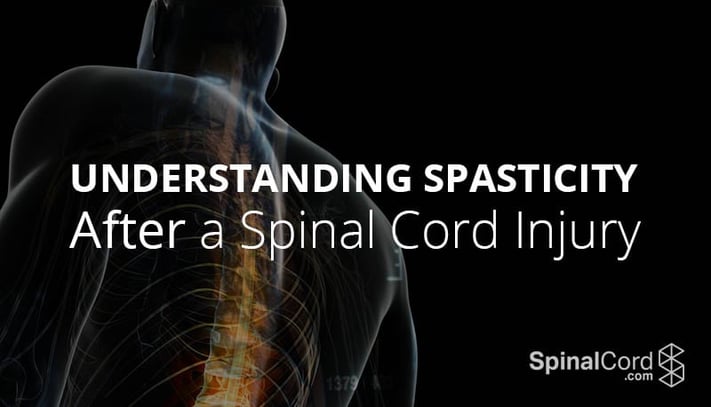Understanding Spasticity After a Spinal Cord Injury

Your spinal cord is like a communication hub for your whole body, transmitting and processing signals so that you can move effortlessly. When you suffer a spinal cord injury, however, everything becomes more challenging. Depending on the area of your spine that was injured, moving can become challenging or even impossible. The good news is that rehabilitative care can help reverse many of the problems associated with a spinal cord injury, so working closely alongside your doctor can help you get back on track more quickly.
One of the most common, frustrating, and poorly understood consequences of a spinal cord injury is spasticity. We’ll go into details here on what it is, why it happens, and how you can manage it.
What is Spastic Hypertonia?
Spastic hypertonia, better known as spasticity, is one of the most common side effects of a spinal cord injury, with between 65% and 78% of spinal cord injury sufferers experiencing some degree of spasticity. It is the result of your body's inability to control and coordinate muscle movements. Some of the most common symptoms include:
- Sudden involuntary movements due to contracting of your muscles. Sometimes this results in jerking motions, but when the movement is in your bladder or rectum, it can cause you to lose control of your bowels.
- Hyperactive reflexes. This occurs when an action that would normally set off a reflex—such as pulling your hand away from a hot stove—produces a muscle spasm instead. After such a spasm, it can be difficult to relax your muscles.
- Involuntary muscle tightness. This can make it challenging to move or relax your muscles, and can undermine muscle health over time.
Spasticity as a Way to Track Changes
Many spinal cord injury sufferers are frightened by the prospect of spasticity; some want to ignore that it's occurring. But keeping track of spasticity can help you better monitor your own health.
Changes in the degree of muscle spasticity provide important clues to your doctor. A decrease in spasticity, for instance, can indicate a cyst in the spinal cord. Increases in spasticity could indicate an injury, infection, or blockage somewhere in your spinal cord or elsewhere in your body. Notify your doctor immediately if you experience these changes.
Treatment for Spasticity
Spasticity, like paralysis itself, is highly unpredictable. Some injured people make a complete recovery; others see no improvement, and still others experience only moderate changes in their degree of spasticity. Plenty of options can help, though.
Treatment usually begins with medications to improve muscle control. Benzodiazepines such as Diazepam can be especially helpful. Your doctor may also elect to install a pump in the affected region; this allows the medication to be delivered directly to the muscle, potentially getting you better results with less effort.
Physical therapy also plays a key role in the fight against spasticity and the prognosis of spinal cord injuries in general. By helping you control your muscles, physical therapy can steadily reduce the effects. Physical therapy can also improve the way you move while aiding your posture—two factors that can reduce spasticity. Proper positioning in your wheelchair, if you use one, can also help since a dangling limb is far more likely to be spastic than one that's comfortably situated in the chair.
If you still see no improvements, your doctor may administer a nerve block to the affected area, reducing or completely eliminating spasticity after a spinal cord injury.
Don't be afraid to discuss concerns about spasticity with your doctor. This is a legitimate medical concern, but it's one that often comes with a manageable solution.
Stay Updated on Advancements On Traumatic Brain &
Spinal Cord Injuries
About the Author





